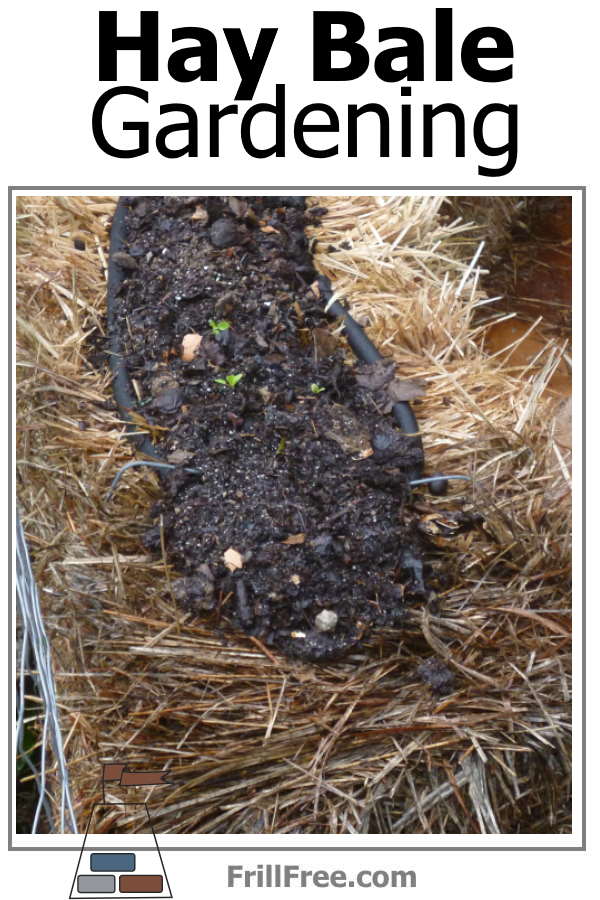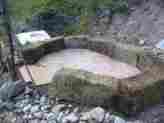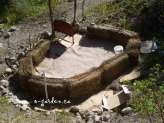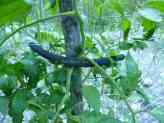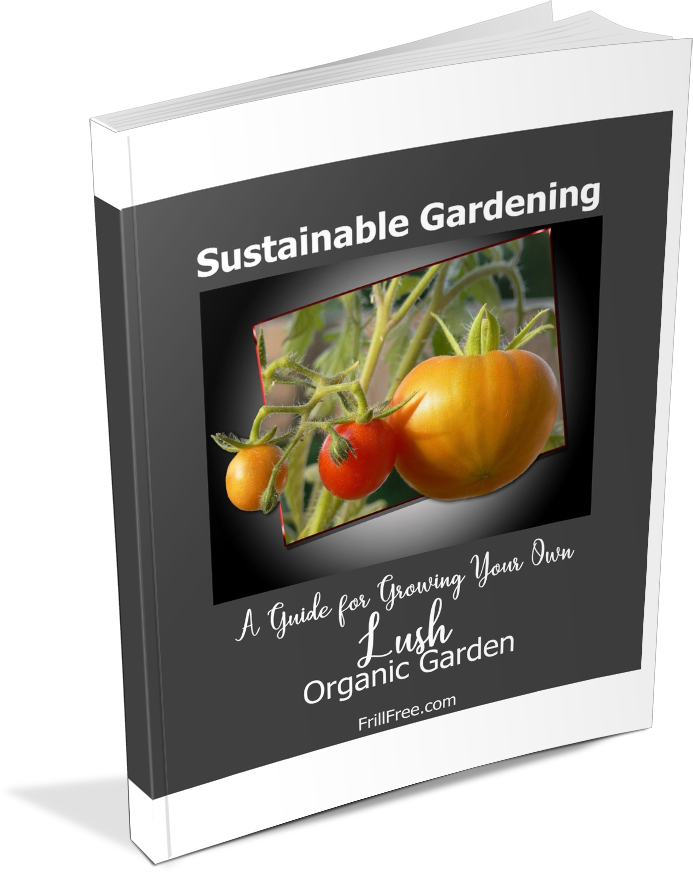- Homesteading
- Garden Designs
- Hay Bale Gardening
Hay Bale Gardening
Don't waste that old moldy bale of hay yet...
If you have access to a good supply of 'lady bales' of hay or straw, even those that are no good for feeding animals due to mold or poor quality, don't waste them - use them for hay bale gardening.
Lady bales are smaller and lighter than the usual size of between 50-80 lbs.
Smaller bales are easier to place more accurately, and don’t forget, in this case you’ll be watering them, which increases the weight accordingly.
Finding a source of haybales for your gardening is as simple as finding a few people raising horses – these animals are extremely sensitive to mold in their feed, so any moldy hay bales are usually free for the asking.
Advertise on Craigslist, and you’re likely to find a few people with several bales that got rained on in the field.
Other methods of finding them are to put an ad on the pin board in feed stores or anywhere that farmers might congregate.
Usually, you get offered way more than you can ever use.
You can garden using the hay bale gardening method even in really dry climates or where there is virtually no soil.
In cooler climates or to extend the season, a greenhouse or hoop house made of rebar and poly pipe and covered with plastic enables you to grow plants that won't survive outdoors - peppers, tomatoes and squash thrive in the warm environment inside.
Simply stab the ends of the rebar into the bale to hold it all in place.
In this example the bales are insulating the raised lumber bed - ideal for keeping the season going long into the fall.
The soil you do have is carefully placed within the hay bales - soil fertility is just as important using this method of gardening as in regular garden beds.
The bales are stacked in rows on top of lumber wrap laid on the soil if you want to prevent mice from moving in and making their homes, or directly on sandy or clay soil.
I recommend using some kind of path covering such as old carpet, cardboard or ground cover to prevent weeds from taking over between your rows. See more recycling in the organic garden tips.
In my garden I have issues with pocket gophers, so preventing them from digging is important or you’ll have no lettuce or other greens – that’s their favorite meal, and they wait until it’s just about ready to harvest, and beat you to it.
Hay bale gardening is efficient, raising the crops up so you
can weed, stake and water easily, without crawling on the ground to do
it - those of us with creaky knees and backs will appreciate this aspect
of it.
The beds will dry off and warm up quicker in
the spring if made the fall before and they're perfect for late fall gardening to produce greens for delicious autumn salads.
Just make sure you eliminate vermin before planting – use traps or a feisty terrier rather than poison to avoid damaging your sensitive eco system.
What do you do with the bales after a season (or two, if you're lucky)? Use them in a Hugelkultur bed, to compost, or in pathways to keep weeds down. There are no end of uses for old straw or hay bales.
